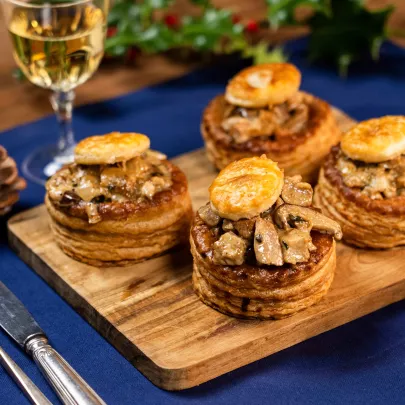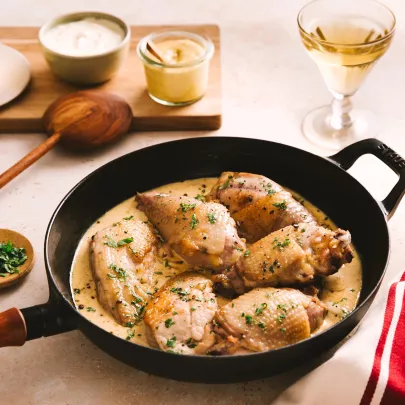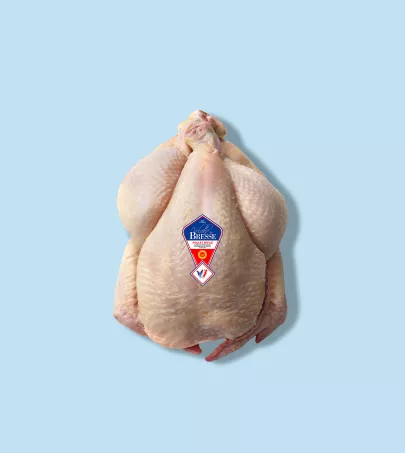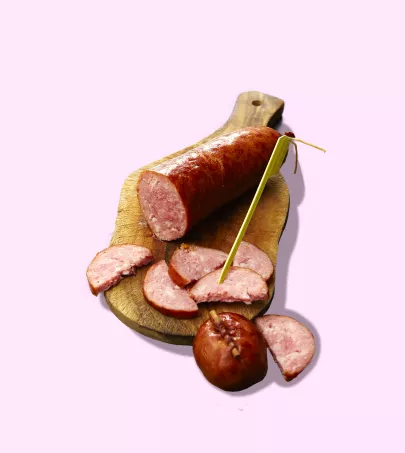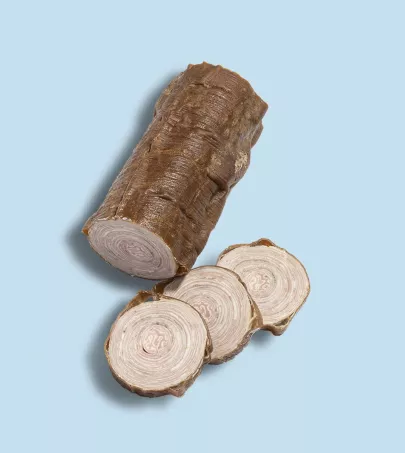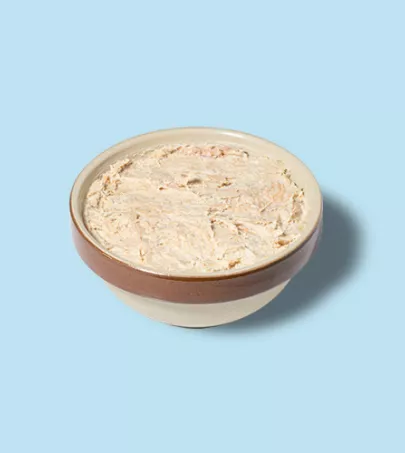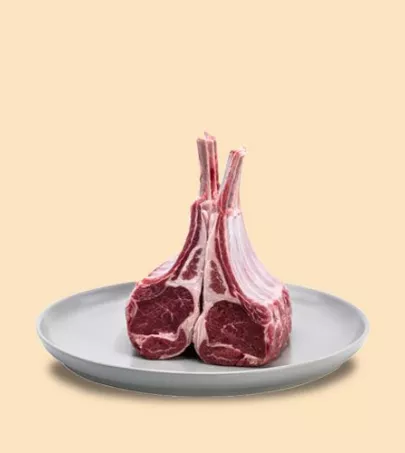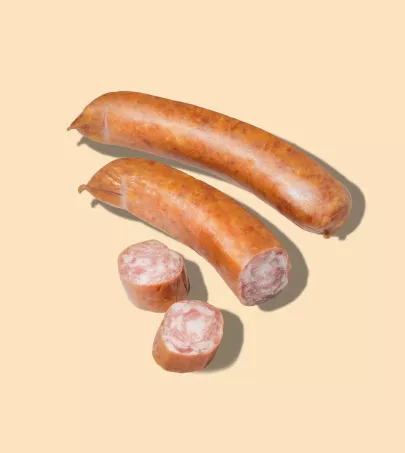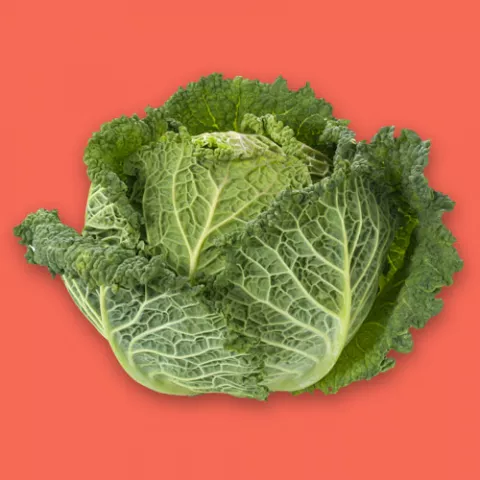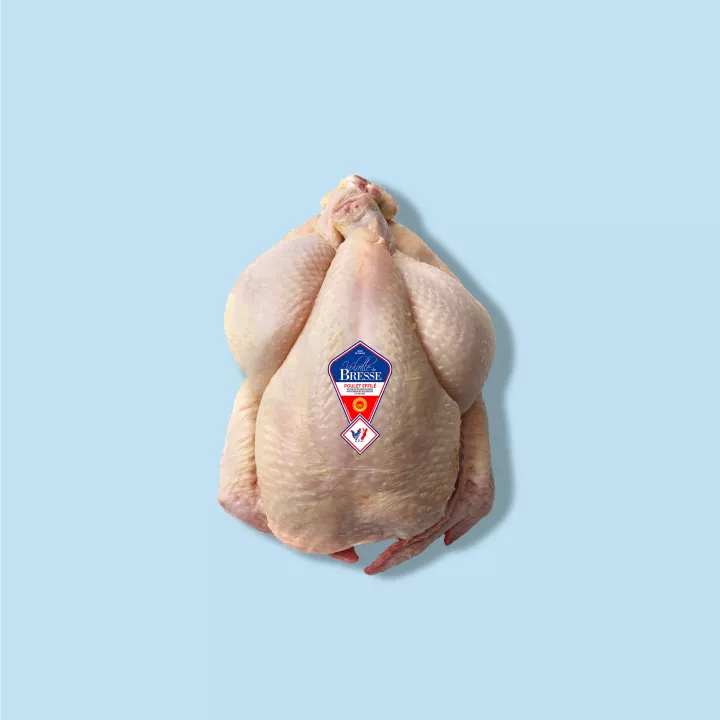
To the north of Lyon, under this PDO (protected designation of origin), there is a whole sector of exceptional products, raved about by chefs and foodies alike. And rightly so! All year round, its chickens and poulardes, and at Christmas-time, its turkeys and capons, are raised under extremely strict controls, guaranteeing poultry of unique flavour and tenderness…
What you need to know
It was at the end of the 16th century that the term ‘Bresse poultry’ was mentioned for the first time. According to the records of Bourg-en-Bresse, the citizens of the town gave two dozen of these pretty plump animals to a lord who banished invaders from Savoy. The refinement of this dish meant it was already a gift of choice... Over two centuries later, the famous gourmet Brillat-Savarin endorsed Bresse poultry in writing. In his book Physiologie du goût (Physiology of taste), he exalted these ground-feeding birds, describing them as the “the queen of poultry, the poultry of kings”.
In 1957, the National Assembly followed suit, granting them an AOC (appellation d’origine contrôlée – controlled designation of origin), followed later by a PDO. As a result, Bresse poultry is raised under strict controls: they are free range (15 m2 of rich grassland) and have a comfortable henhouse (12 birds per m2), for a period of four months for chickens, five for poulardes, seven for turkeys and eight for capons. Added to that, their diet comprises 1/3 natural foraging and 2/3 GMO-free cereals, grown within the PDO area, and dairy products. They are then ‘finished’ or intensively fed for a minimum of ten days to complete the fattening stage.
Then, there are other procedures too, such as tightly wrapping the bird in a linen and cotton cloth at Christmas-time which helps it keep for longer and distributes the fats perfectly into the animal’s flesh.
Characteristics
Look
Touch
Taste
Editor's note
How to use
Storage
Although Bresse poultry keeps for two to three days in a cool place, it is best enjoyed as soon as possible. However, wrapped in their white Christmas cloth, they keep for several days in the fridge.
Preparation
As with many meats, we recommend letting Bresse poultry rest at room temperature for one to two hours before cooking.
Use
Traditionally, all types are cooked in the oven, with stuffing or not, taking care to baste and turn them frequently. They can also be prepared with a salt crust, as a fricassée, in a white sauce, poached and so on.
Pair with
Potatoes, chestnuts, morel mushrooms, truffles, crayfish, foie gras, streaky bacon, raisins, vinegar… For an accompanying wine, you have a choice: either a Meursault, if the poultry is cooked with cream, or a red or white Saint-Romain.

